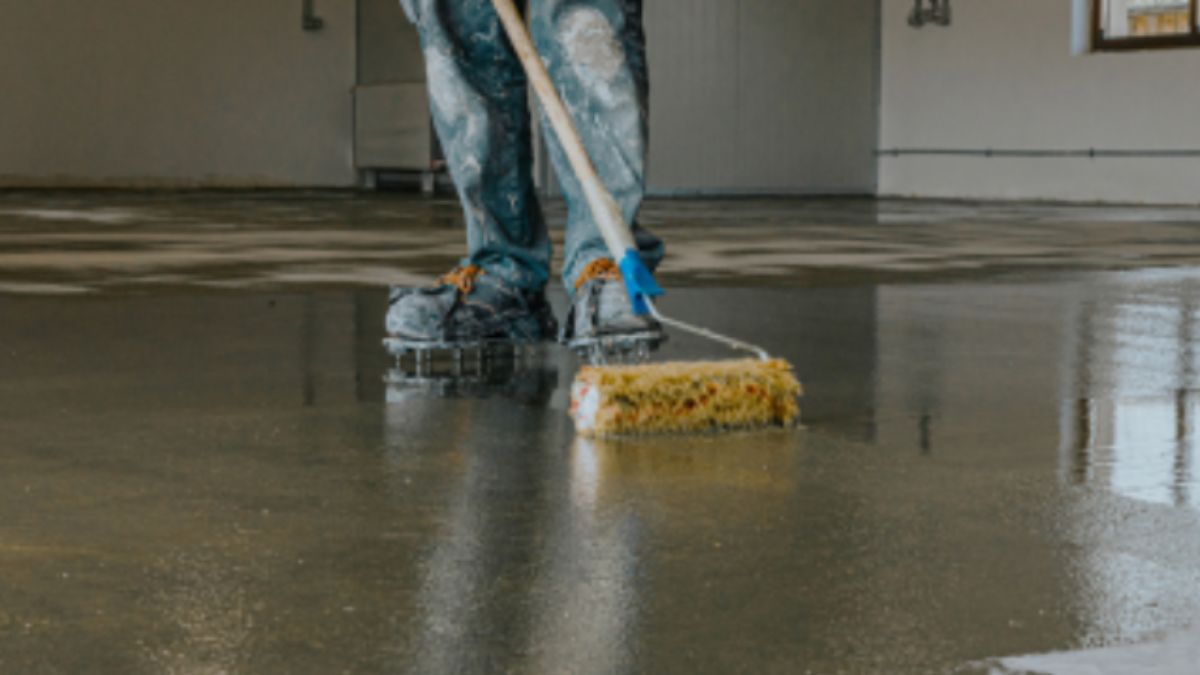Does your facility’s floor fail to meet your operational demands? Many facility managers struggle with floors that crack, stain, or deteriorate under heavy use, leading to safety hazards and costly downtime.
Let me show you how to select industrial flooring that will protect your investment and keep your operations running smoothly.
Table of Contents
What You Actually Need?
Your facility’s specific requirements drive flooring selection. A food processing plant needs different flooring than a manufacturing facility. Your floor must withstand your particular chemicals, impact levels, and temperature variations.
Think about the worst conditions your floor will face. I’ve seen facilities install beautiful epoxy floors that couldn’t handle their forklift traffic or chemical exposure. They ended up replacing the entire system within a year.
Chemical Resistance Matters
Different industrial environments expose floors to various chemicals. Identify every substance that might contact your floor, including cleaning solutions. A flooring system that resists some chemicals might fail completely when exposed to others. For example, a battery manufacturing plant needs flooring that withstands acid exposure, while a commercial kitchen requires resistance to oils and sanitizing agents.
Impact and Abrasion Resistance
Heavy equipment and constant traffic will test your floor’s durability. Urethane cement often outperforms epoxy in areas with severe impact or thermal shock. Consider how your operations might change – the floor that handles today’s equipment should also accommodate tomorrow’s needs.
Temperature Considerations
Thermal shock can destroy industrial floors. If your facility experiences temperature extremes or frequent temperature changes, you need a system designed to handle these conditions. Steam cleaning, hot water washdown, or freezer conditions require specific flooring solutions.
Safety Features
Your floor plays a crucial role in workplace safety. Consider these factors:
- Slip resistance requirements
- Static control needs
- Safety line demarcation
- Fire resistance ratings
Installation Timeline
Every day of downtime costs money. Some systems cure faster than others. Methyl methacrylate (MMA) floors can return to service in hours, while epoxy systems might require several days. Plan your installation around your operational schedule.
Maintenance Requirements
Different flooring systems demand different maintenance routines. Some need regular waxing or recoating, while others require minimal upkeep. Factor these ongoing costs into your decision. The cheapest initial option often costs more over time.
Budget Reality
Quality industrial flooring requires significant investment, but cutting corners costs more in the long run. Focus on total lifecycle cost rather than initial price. Include these factors in your calculations:
- Installation cost
- Expected lifespan
- Maintenance requirements
- Potential downtime for repairs or replacement
Making the Decision
Select a flooring system that:
- Meets your technical requirements
- Fits your maintenance capabilities
- Aligns with your budget
- Accommodates future needs
Wrapping Up
The right industrial flooring protects your facility, enhances safety, and supports productivity. Take time to evaluate your needs thoroughly. Consult with qualified contractors who understand industrial flooring requirements. They can guide you to solutions that will perform well in your specific environment. Your floor is a long-term investment in your facility’s success. Choose wisely, and you’ll avoid the costly cycle of repeated repairs and replacements that plague many industrial facilities.
Get started by documenting your specific requirements and consulting with industrial flooring specialists who can match those needs to the right system. Your future self will thank you for taking the time to make an informed decision.

